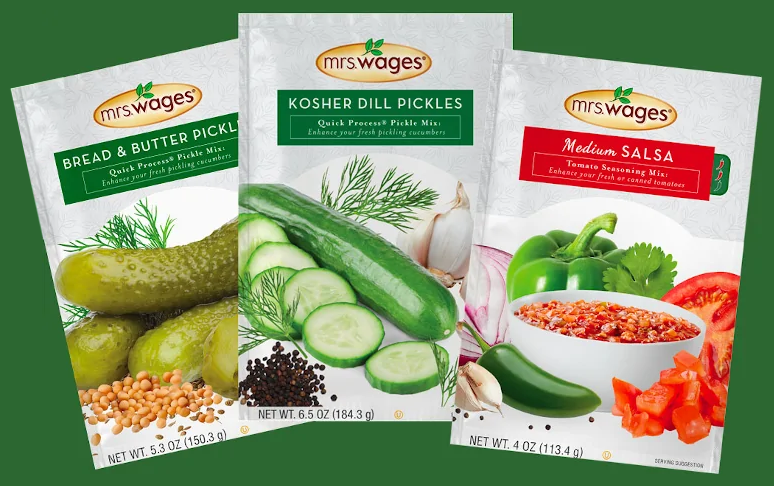5 Tips For Preserving Your Garden Harvest
You might have been storing, canning, and preserving for quite a while, but there is always a new trick to learn when it comes to keeping your favorite foods and staples safe.
We have compiled five necessary storage and harvesting tips for every canning enthusiast interested in preserving their home-grown stock of fruits and vegetables.
Preserve Fresh Fruits Into Jams and Jellies
Who doesn’t like to eat home-made jam with toast all summer long? Not only does it serve as a perfect breakfast and treat, but you can also preserve your summer fruit as a delicious jam to enjoy all year long!
When you preserve your fruit, adding additional pectin and sugar can enhance the jam’s taste and structure while retaining its fruity freshness.
However, if you are new to canning and preservation, it is best to start with the basics and go for easier techniques like freezing and drying the harvest.
Freeze Your Vegetables
Freezing is the easiest of all. The best time to freeze your fruits or vegetables is right after you’ve harvested them. Wash them thoroughly and pack them into a press and seal bag to make sure they don’t “freezer burn.”
Some fruits like apples and spinach may need to be blanched before you put them in the freezer. This reduces the enzyme action in these foods which can help them retain their color and flavor. Boil your vegetable or fruit in a ⅓ cup of water and then immediately transfer into ice-cold water before drying and putting them in the freezer.
Storing Root Vegetables In A Cellar
Turning your crop varieties into jams, pickles and condiments is a great idea. But some vegetables can neither be frozen nor turned into a jam, for example, your root vegetable harvest!
If you have a basement or access to any other cool, dry storage environment, store the beets, broccoli, and potatoes there, and they’ll last you all winter!.
Canning
Canning your garden harvest certainly takes extra effort compared to freezing or drying your harvest; however, it is a method that can keep your food fresh for a longer time. Remember to follow the best methods for each crop. All of Mrs. Wages products recommend water bath as the primary method of canning.
Dry Your Harvest
The most popular method of preserving the harvest is drying your crops. The reason drying works so well on crops is that it can make the flavor and texture a lot stronger, making your veggies a great addition to various dishes.
It is also relatively easier than other methods. All you have to do is wash and slice your crops and spread them on a tray to air them out. Once they have been aired, keep them out in the sun to let them dry out naturally. Once dry, use them like spices in your food while cooking or store them in canning jars or airtight containers.
Preserve Your Crops To Last All Year Long!
The first time you try to preserve your garden crops, it may seem like a daunting task.
However, once you start enjoying the endless supplies of home-made jams, pickles and fresh vegetables, you won’t be able to stop yourself from practicing food preservation next season too!
What is your favorite method of food preservation, and which technique tires you out the most?
We would love to know!
And in case you want to learn more about canning, don’t forget to check out the resources brought to you by Mrs. Wages.
